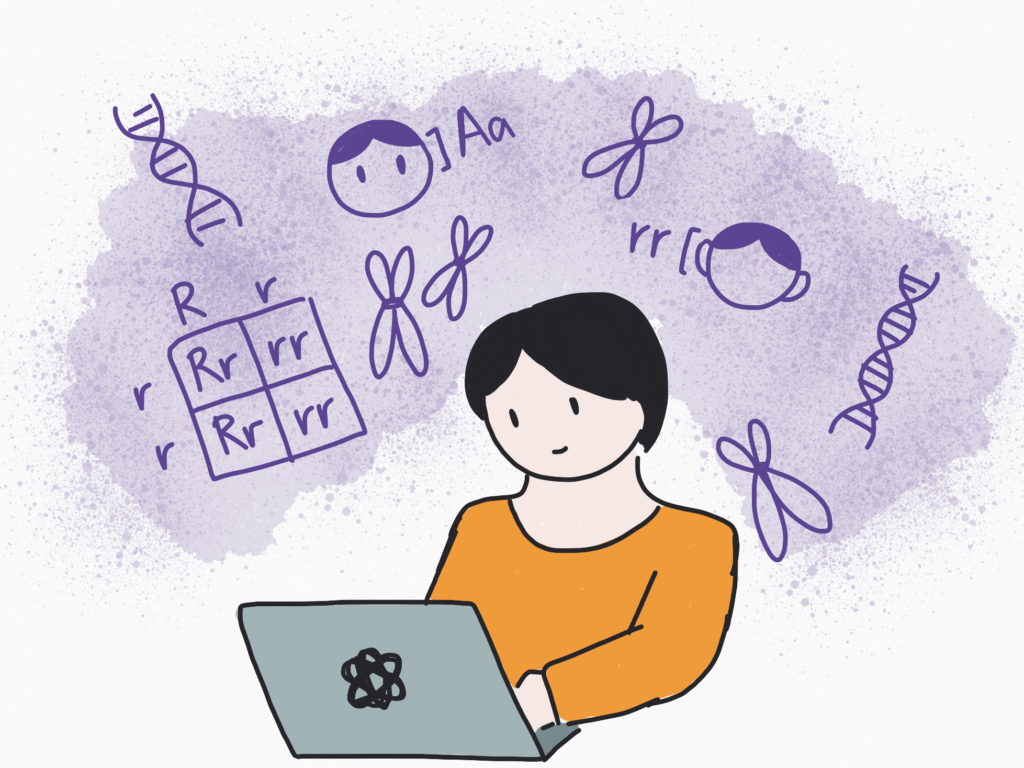Field research and collaborative science learning are challenging for students studying from home, but these professors have some ideas!
When schools and universities were transferred online due to the COVID-19 pandemic, science educators faced a unique difficulty—teaching students the practices of research while in-person labs were closed. Without access to facilities, educators were challenged with replicating hands-on science learning experiences with materials students could access at home. Additionally, the online transition made communication and collaboration difficult, both of which are foundational to quality research.
In response to these challenges, a team of professors from New York University developed creative ways to promote active learning in their introductory science courses. During the process, they were also sure to account for students’ various needs, such as having to work in different time zones. Through their efforts, they came up with three accessible, at-home research activities that are just as informative and engaging as those in person.
Field research in the neighborhood
Most ecology-related research activities involve field studies, which consist of observing and learning about organisms within their natural environments. In one of NYU’s introductory biology courses, students normally do a field study in a nearby park, learning about the biodiversity and evolution of local plant life.
When adapting this activity for students learning remotely, the professors took advantage of a free app called Seek. The app can identify organisms from photos taken in real time, while providing additional scientific information about the organism. This allowed students to easily study plant life around them, no matter where they were.
Students were then instructed to take a walk in their neighborhood at any time of their choosing and use the app to collect information on plant life there. Although students might find less unique and diverse plant life on a walk around the block than in a park, the professors resolved this by taking advantage of students’ different home locations.
After collecting information, each student discussed their findings with a classmate living elsewhere so they could compare and learn about plants growing in different regions and even countries. Putting their findings together, they were able to draw insights on how plants’ features varied based on environment, as well as how they evolved similarly and differently in various geographic locations. In the end, the diversity studied was immense—in total, a class of 60 students gathered information on over 1,200 plant species from around the world.

A genetics lab on Zoom
The professors at NYU also had to find an alternative to their usual lab on genetic inheritance. Although there are websites providing virtual genetics labs, the instructors were reluctant to use them as they lacked collaborative elements.
The professors solved this by creating an interactive lab and discussion hybrid. For the lab component, groups of students were instructed to meet up on Zoom to document various physical traits. Together, they recorded data on easily observable characteristics such as iris color and hairline shape.
Afterward, data from different groups were compiled together, allowing students to see larger patterns of features across the class. The information was then used to supplement a full-class discussion, where students analyzed the data together and learned how these physical features are passed down and inherited. Through this creative hybrid, professors were able to maintain elements of both collaboration and active learning while teaching students the foundations of genetics.
Literature reviews using the news
Essential for any research project is a literature review. This process consists of collecting, analyzing, and writing about prior research on a specific topic, providing vital background knowledge for planning future experiments. In one of NYU’s courses, students are introduced to a similar assignment which guides them through the practice of searching for and analyzing various sources on a scientific subject.
Although the search and analysis themselves could easily be done remotely, the challenge was in guiding students through remote science learning without more direct communication. To resolve this, the professors created an open document where students could add links to informative sources they had found. Sharing and compiling sources helped students to access them easily and quickly and to gain valuable information they may not have found otherwise. The open document also let students and professors critically analyze and curate the list together, allowing students to learn from each other with help from their instructors.
The professors also made each assignment subject related to COVID-19 and instructed students to analyze news sources alongside academic publications. This equipped students to readily identify and counter misinformation about the pandemic by reviewing media critically.
Science learning beyond the lab
The adapted research activities resulted in great success. According to Kevin Bonney, levels of engagement and content mastery met and even exceeded those from previous in-person classes. Even when in-person learning returns, these efforts will remain valuable: they have provided methods to make projects more accessible in cost and scheduling as well as activities to promote hands-on science education outside the school or lab.
Along with educators, others promoting everyday science learning include citizen science organizations such as SciStarter. These organizations have created projects easily done at home, including field studies tracking plant life cycles and monarch butterflies in the yard, and experiments on microbes using materials in the kitchen. Participants can also contribute the data they collect to current scientific studies, allowing them to be a part of ongoing research worldwide.
Science Connected also has several books of at-home experiments, covering subjects from physical science to botany. They strive to make these activities as accessible and informative as possible—all experiments can be done with free or low-cost materials, and each one is supplemented with worksheets, comprehension questions, and more.
Together, efforts like these continue to expand the scope of active learning, promoting scientific education and discovery from anywhere.
This study was published in Journal of Microbiology and Biology Education.
Reference
Morrison, E. S., Naro-Maciel, E., & Bonney, K. M. (2021). Innovation in a time of crisis: Adapting active learning approaches for remote biology courses. Journal of Microbiology and Biology Education, 22(1). https://doi.org/10.1128/jmbe.v22i1.2341

About the Author
Angie Lo is an undergraduate student at the University of Toronto, currently majoring in Physiology and English. When not writing or studying, she can be found drawing cartoons, reading poetry, or cracking her tenth corny science pun of the day.




